

Above, a good picture of the Great Conjunction of Jupiter and Saturn on December 21st. Below, a picture I took with my own hand-held camera. It's much worse — but you can still see the rings of Saturn if you know that's what they are!

I took it at 7:22 pm Pacific Time, sitting in a chair on my driveway.
January 2, 2021
Back in the old days when I moderated sci.physics.research, a bunch
of compadres started putting together the the physics FAQ. I've decided to start updating this
section:
I've just started listening to music by Pérotin, who was one of music's great innovators, a leader of the Notre Dame school of polyphony around 1200 AD. Shortly after his predecessor Léonin expanded the tradition of Gregorian chants by introducing two independent melody lines, he went ahead and introduced three and four.
His melodies and harmonies seem a bit crude and awkward to me, listening to them on the Hilliard Ensemble's album Pérotin. But imagine the challenge of having to invent four-part counterpoint from scratch, without a tradition to draw on! From this viewpoint his melodies sound amazing: sort of like avant-garde music.
As Andrew Lewis wrote:
450 years or so the sole music of the church was Gregorian chant (most likely named after Pope Gregory II, who was in power from 715 to 731, for ordering the cataloguing and standardization of notation for what has become one of the greatest bodies of music in the Western canon). Now imagine that monophonic chant being stretched and elongated and a newly composed voice written above it. Now you have two voices! It may seem comical to us to think how mind-bending this was but when it first occurred people were astonished by its sensuality. For such a thing to work a new way of measuring rhythm would need to be developed. Léonin (fl. ca. 1163-1190) the first master of what came to be called the Notre Dame School, developed this system, called mensural notation. Pérotin (fl. ca. 1190-1225), Léonin’s successor and the composer represented on this program, added to the complexity by adding a 3rd and even 4th voice to the texture. All of a sudden one can hear, instead of just one voice or—magically—two voices happening simultaneously, now someone has accomplished the feat of composing for 3 and 4 voices. It really must have been a stunning development to those people at that time. After all, very little changed over vast expanses of time. Indeed, John of Salisbury, a teacher at the University of Paris during Léonin’s time wrote:Though their compositions are preserved in the Magnus Liber Organi, Léonin and Pérotin are mainly remembered thanks to the notes of an English student at Notre Dame called Anonymous IV:“When you hear the soft harmonies of the various singers, some taking high and others low parts, some singing in advance, some following in the rear, others with pauses and interludes, you would think yourself listening to a concert of sirens rather than men, and wonder at the powers of voices … whatever is most tuneful among birds, could not equal. Such is the facility of running up and down the scale; so wonderful the shortening or multiplying of notes, the repetition of the phrases, or their emphatic utterance: the treble and shrill notes are so mingled with tenor and bass, that the ears lost their power of judging. When this goes to excess it is more fitted to excite lust than devotion; but if it is kept in the limits of moderation, it drives away care from the soul and the solicitudes of life, confers joy and peace and exultation in God, and transports the soul to the society of angels.”
Along with Johannes de Garlandia and Franco of Cologne, whose work precedes his, Anonymous IV's writings are the main source for understanding the Notre Dame school of polyphony. He wrote about Léonin and Pérotin, thereby assigning names to two of the composers of the music of the Notre Dame school who otherwise would have been anonymous. Léonin and Pérotin are among the earliest European composers whose names are known. Although they probably died at least fifty years earlier, he described them as still famous and part of the living tradition.Here is Léonin's "Viderunt omnes". The style is called 'organum duplum': the higher voice weaves patterns above the simpler melody of the lower voice.Anonymous IV mentions Léonin and Pérotin as the best composers of organum and discant respectively. He also mentions specific compositions as being by Pérotin (or Pérotinus), including the four-part organa quadrupla "Viderunt" and "Sederunt". Anonymous IV also mentions the work of the theorist Franco of Cologne, and gives descriptions of organum, discantus, rhythmic modes, rules for use of consonance and dissonance, notation, and genres of composition.
Here is Pérotin's version of "Viderunt omnes", which has a lot of 'organum quadruplum' — four-part harmony — mixed with plainchant:
Meanwhile, the disaster that is the Trump presidency is moving toward its final climax. Tomorrow Biden's election will, I hope, be ratified, despite attempts by Republicans in the House and Senate to stop — presumably with no expectation of success, merely to prove their fealty to Trump and win his supporters' votes.
Trump's supporters, including violent gangs, are gathering in the capital. The military and police are preparing for violence, but feel they can control it and avoid the declaration of martial law. I hope so. I'm glad they understand this danger.What To Expect as Republicans Prepare One Last Push to Overturn Election
12 Republican Senators plan to formally object to Biden electors
Chris Matthews, MarketWatch, January 5, 2021A joint session of the new Congress will meet on Wednesday, Jan. 6, to count the electoral votes cast following the November presidential election and officially confirm Joe Biden as the next President of the United States.
Though this outcome is all but certain, supporters of President Donald Trump are intent on using the session to promote their commitment to him and Trump’s baseless claims, according to election and constitutional experts, that he lost the election due to widespread voting fraud.
Here’s what to know as the vote approaches:
What happens on Jan. 6?
The Constitution and federal law dictate that a joint session of Congress will convene at 1 p.m. Eastern Time at the Capitol, in the House of Representatives chamber, to count the electoral votes.
Vice President Mike Pence will preside over the session in his constitutional role as President of the Senate. (If for any reason, Pence is forced to step away from the proceedings, Sen. Chuck Grassley would fill that role as president pro tempore of the Senate, the Iowa Republican said Tuesday.) In alphabetical order, he will open the electoral-vote certificates presented to him and hand them to tellers to have them read aloud.
Who will challenge the results?
At least 12 Republican senators and potentially upwards of 140 House Republicans will formally object in writing to the electoral results submitted by battleground states including Pennsylvania, Michigan, Wisconsin, Arizona, Georgia and Nevada, according to reports.
It had been known for several weeks that House Republicans planned to submit formal challenges, but under federal law, Pence would have been required to dispense with them unless a senator joined in the protest.
In recent days many Republican senators have come forward, including Missouri Republican Josh Hawley and Texas Republican Ted Cruz, to say that they will also formally challenge the results in several states.
Will alternate electors be considered?
In the aforementioned battleground states, Republican state legislators there met to protest the official vote count in their state and to “vote” on an alternate slate of electors who support Donald Trump.
Though these Republicans argue the Constitution gives state legislatures the ultimate say in who wins a state’s electoral votes, in none of these states were these votes officially held by state legislatures, rather they were put forward by informal groups of elected officials.
Nevertheless, there is speculation that Vice President Pence will submit these Trump electors for Congress to consider.
“To the extent such sham electors have transmitted documents to the Joint Session, it would be proper for Vice President Pence to disregard them outright,” wrote attorney Joshua Matz in a Monday report issued by the nonpartisan Voter Protection Project. “If he does open and read such documents, Members of the House and Senate should be prepared to submit objections.”
What happens following a challenge?
If both a representative and a senator object to a slate of electors, the joint session will recess and both the Senate and House of Representatives will debate the question for a maximum of two hours. If Republicans force two hours of debate for each of the half dozen states in question, it could mean the proceedings drag on to the early hours of Thursday morning.
After that time, each chamber will hold a vote by simple majority on whether to accept or reject the objection. Given that Senate Majority Leader Mitch McConnell and several other prominent Republicans in the Senate have urged their colleagues not to mount these challenges, it’s unlikely that even a Republican Senate would vote to accept these objections.
With Democrats in control of the House of Representatives, it’s difficult to imagine that the body would vote to reject any states’ slate of Biden electors. According to federal law, for a state’s slate of electors to be rejected, both houses of Congress would have to agree to do so.
“There can be no doubt that the Joint Session will select Joe Biden as the next President of the United States,” Matz tweeted Monday. “There may be sound and fury on January 6, but it will not change the outcome.”
Wednesday’s Protests Could Get Ugly. But Officials Should be Able to Handle it — Without the Armed Forces
David Ignatius, Washington Post, January 5, 2021As President Trump’s supporters gather in Washington for what could be several days of violent protests, senior government officials appear confident that the chaotic situation can be handled by the D.C. police, federal law-enforcement agencies and the National Guard — without requiring any use of regular-duty military troops.
“I can see no situation where the cops can’t handle it,” said one official familiar with preparation for Wednesday’s pro-Trump marches, adding that “the introduction of the military in the next 72 hours would be irreparably damaging to the country.” This official said top leaders of both parties shared this opposition to use of the uniformed military to quell civil strife.
Worries about Wednesday’s gathering have been fueled by Trump’s call for demonstrations — “will be wild,” he tweeted — to protest Congress’s expected certification of the electoral college victory of President-elect Joe Biden. Some officials feared that if the protests led to violent confrontations, Trump might seek to invoke the Insurrection Act to maintain order and protect the 74 million supporters he falsely contends have been fraudulently disenfranchised by Biden’s victory.
The protests could indeed get nasty, and the next few days may be very disorderly. But officials, led by some senior members of the administration, have worked hard to prevent a worst-case scenario in which Trump might seek to overturn the election result by deploying the uniformed military and imposing martial law.
Planning for this week’s protests has been coordinated by an interagency team headed by acting attorney general Jeffrey A. Rosen and acting defense secretary Christopher C. Miller, joined by the secretaries of homeland security and interior and backed by Gen. Mark A. Milley, chairman of the Joint Chiefs of Staff, and Army Secretary Ryan McCarthy. The team has been in regular contact and has drawn up detailed, written rules of engagement to avoid mistakes that might inflame the situation.
The FBI estimates that the protesters who assemble at the Ellipse and other march sites Wednesday will total 10,000 to 20,000 — well below the 50,000 to 100,000 touted on some pro-Trump websites. To keep order, the D.C. government can call on about 3,800 members of its police force, supplemented by thousands of officers from the Capitol Police, the U.S. Park Police, the Federal Protection Service and other units.
Mayor Muriel E. Bowser (D) has also requested help from 350 members of the D.C. National Guard. The civilian overseeing the guard will be McCarthy, a widely respected former aide to then-Defense Secretary Robert Gates. The forces dealing with peaceful protests won’t be allowed to use helicopters or fixed-wing aircraft, riot shields or lethal weapons. “There is no need to present an impression of anticipating violence,” one official said.
[...]
A final reason for confidence is that officials anticipate that left-wing counterprotesters from antifa and Black Lives Matter will mostly stay off the streets. That would lessen the likelihood of confrontations that could escalate into bloodshed and serious disorder, which might encourage Trump to invoke the Insurrection Act.
One flash point Wednesday may be the U.S. Capitol, where legislators will be meeting to certify the electoral college results. Protesters who gather initially at the Ellipse, near the White House, may then march down Pennsylvania Avenue, in the reversal of the usual inaugural parade route, and converge on the Capitol.
More than 500 Capitol Police will protect the building, but the situation could be inflamed if pro-Trump members of Congress emerge and make inflammatory speeches. Officials warn that if protesters try to “storm” the Capitol, as some have pledged, they will be arrested.
The flash point could come after dark Wednesday, if small bands of Proud Boys and other extremists go looking for trouble. One scenario weighed by contingency planners is that if 20,000 protesters gather overall, perhaps 1,000 would disperse after dark in roving bands of a dozen or so. Even in that situation, officials expect that the planned force would be adequate.
The House and Senate met to certify the electoral votes. Trump held a rally to protest this, and told the angry crowd there that he'd go with them to the Capitol — yet another lie. His supporters marched to the Capitol, and at 2:34 pm Eastern Time they broke into the building, which was very poorly defended, and started roaming around inside. A woman was shot and died. The Senate and House went into recess. At 2:48 Pelosi called for the National Guard, but they took a long time to arrive. On the radio we heard reporters hiding from the mob in the basement of the Capitol. Eventually the National Guard arrived and the Capitol building was cleared. It took 3 hours: the Sergeant at Arms declared the Capitol secure at 5:40 pm.
At 8:00 Pelosi and McConnell wisely continued the certification process, and by 4:00 am the next morning Biden was declared the winner... as we already knew he was.
I spent most of the day listening to and reading news about this. Here's a bit more from Wikipedia, written later, about this shocking moment in history:
On the morning of January 6, protesters surrounded the Washington Monument to rally. Trump, his lawyer and adviser Rudy Giuliani, and others gave speeches on the Ellipse. Giuliani addressed the crowd, repeating conspiracy theories that voting machines used in the election were "crooked" and calling for "trial by combat". U.S. Representative Mo Brooks of Alabama told the crowd, "Today is the day American patriots start taking down names and kicking ass." U.S. Representative Madison Cawthorn of North Carolina said, "This crowd has some fight."Trump gave a speech from behind a glass barrier, declaring he would "never concede" the election, criticizing the media and calling for Pence to overturn the election results, something that was not within Pence's constitutional power.
Trump urged his supporters to march on the Capitol, where Congress meets:
You'll never take back our country with weakness. You have to show strength and you have to be strong. We have come to demand that Congress do the right thing and only count the electors who have been lawfully slated. I know that everyone here will soon be marching over to the Capitol building to peacefully and patriotically make your voices heard today.Trump also told his supporters to "fight. We fight like hell. And if you don't fight like hell, you're not going to have a country anymore." He declared they would be "going to the Capitol and we're going to try and give [Republicans] the kind of pride and boldness that they need to take back our country". Trump's speech, replete with misrepresentations and lies, inflamed the crowd.
Trump's sons, Donald Jr. and Eric also spoke, verbally attacking Republican congressmen and senators who were not supporting the effort to challenge the Electoral College vote by name, and promising to campaign against them in future primary elections. In the early afternoon, U.S. Senator Josh Hawley passed by the protest on his way to the joint session of Congress, and greeted protesters with a raised fist.
Around 1:00 p.m. Eastern Standard Time, hundreds of participants of Trump's rally, encouraged by his speech, left the rally and advanced on the Capitol building. Conspiracy theorist Alex Jones was a leader of the march to the Capitol that preceded the riots.
The crowd became violent just after 2 p.m. after rally attendees arrived at the Capitol to meet other protesters already gathered there. They breached the barricades that were manned by police around the perimeter of the Capitol grounds. After breaching the security perimeter, most rioters walked into the Capitol on foot; others used ropes and makeshift ladders, and some broke windows to get in.

Some of the rioters carried Confederate flags, Nazi emblems, and wore riot gear, including helmets and military-style vests. Outside the building, the mob put up a gallows, punctured a police vehicle's tires, and left a note saying "PELOSI IS SATAN" on the windshield. Several rioters carried zip ties, possibly with the intention of using them to take hostages.

At the time, the joint session of Congress — which had already voted to accept the nine electoral votes from Alabama and three from Alaska without objection — was split so that each chamber could separately debate and then vote on an objection to accepting the certified results of the slate of electors from Arizona that was raised by Representative Paul Gosar from Arizona and signed on by Senator Ted Cruz from Texas. Both chambers were roughly halfway through their two-hour debate on the motion.
While debate over the Arizona electoral college votes continued, an armed police officer entered the Senate chamber, positioned facing the back entrance of the chamber. Pence handed the floor from Arizona Senator Kyrsten Sinema to Senator James Lankford. Moments later, Pence was escorted out by members of the Secret Service, and banging could be heard from outside as people attempted to breach the doors. As Lankford was speaking, the Senate was gaveled into recess at 2:13 p.m. With violence breaking out, Capitol security advised the members of Congress to take cover. At 2:24 p.m., Trump tweeted that Pence "didn’t have the courage to do what should have been done". Afterwards, Trump followers on far-right social media called for the vice president to be hunted down, and the mob began chanting, "Where is Pence?" Outside, the mob chanted, "Hang Mike Pence!" All buildings in the complex were subsequently locked down, with no entry or exit from the buildings allowed. Those within the building were asked to move into offices and lock their doors and windows; those outside were advised to "seek cover". At 2:30 p.m., the Senate chamber was evacuated. After evacuation, the mob briefly took control of the chamber, with some armed and armored men carrying flex-cuffs and some posing with raised fists on the Senate dais that Pence had left minutes earlier. A source close to the vice president subsequently told CNN that Trump and his top aides did little to check on Pence's safety during the crisis, and appeared unconcerned at the possibility that "an angry mob that he commanded to march on the Capitol might injure the vice president or his family." Pence's wife Karen Pence, daughter Charlotte Pence Bond, and brother Greg Pence (a member of the House) were in the Capitol at the time it was attacked.
Members of Congress inside the House chamber were told to put on gas masks after law enforcement began using tear gas within the building. Staff members removed boxes of sealed electoral vote certificates to prevent them from being damaged by rioters. ABC News reported that shots were fired within the Capitol building. After rioters broke into the Capitol, there was an armed standoff at the front door of the House chamber; as the mob attempted to break in, security personnel drew their guns inside the House of Representatives chamber and pointed them towards the doors to the chamber, which were barricaded with furniture. In a stairway, one officer fired a shot at a man coming toward him.
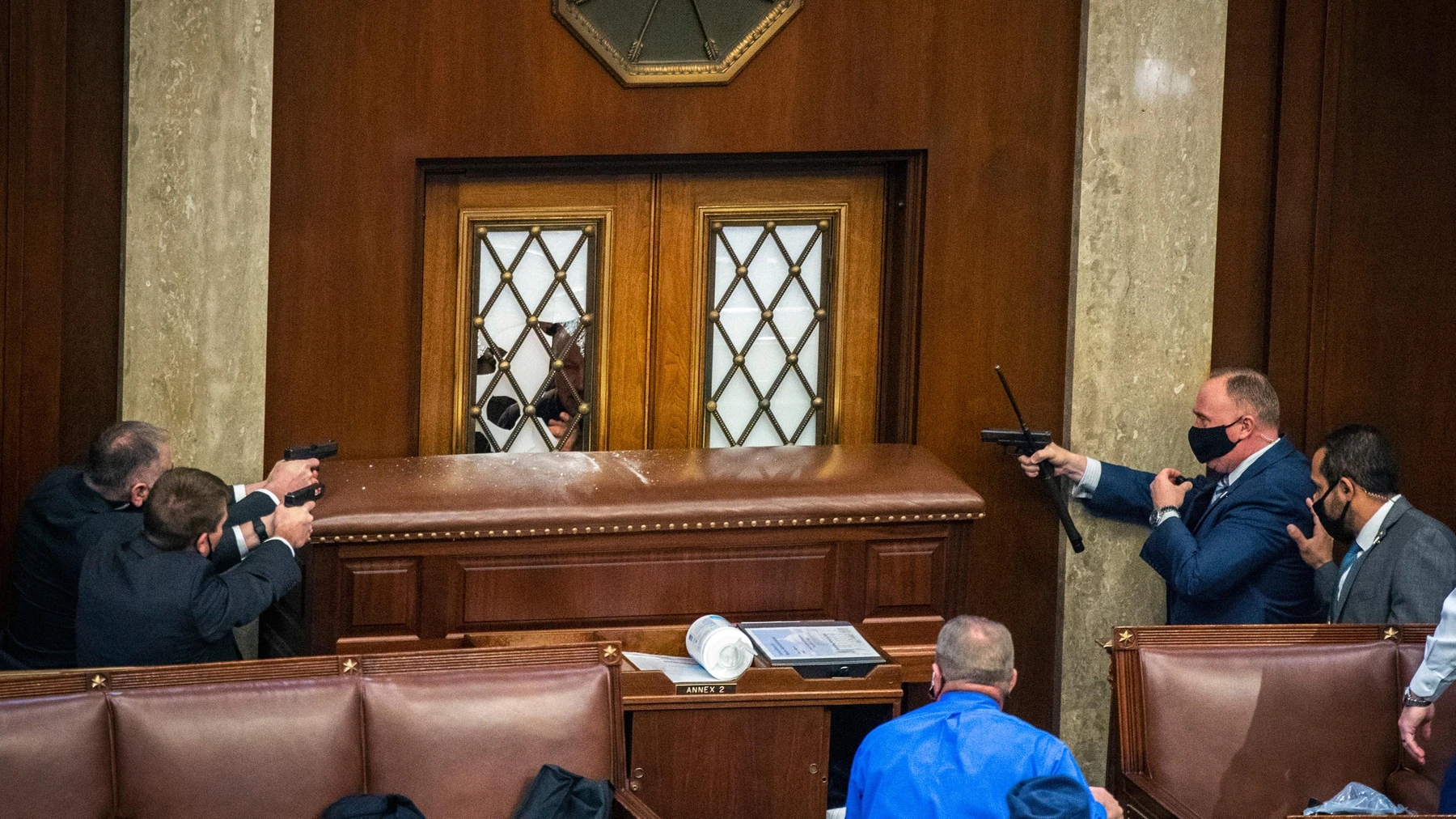
The rioters caused extensive physical damage, with Capitol Police officers reporting that the building had been "trashed". Social media photos shared by protesters showed criminal activities such as theft and vandalism. Multiple protesters also documented themselves occupying the Capitol and the offices of various representatives. Rioters stormed the offices of Speaker of the House Nancy Pelosi, flipping tables and ripping photos from walls, the office of the Senate Parliamentarian was ransacked, art was looted, and feces were tracked into several hallways. Glass windows were smashed throughout the building, leaving the floor littered with glass and debris. A 19th-centry marble bust of President Zachary Taylor was defaced with what seemed to be blood, but the most important works in the collection escaped unharmed. Some items of furniture were damaged, turned over, or stolen. Rioters destroyed Associated Press recording and broadcasting equipment outside the Capitol after chasing away reporters, and officers were injured in the violence at the Capitol. Rioters also destroyed a placard honoring the life of congressman and civil rights leader John Lewis.
At least thirteen Republican current and former state legislators — including Nevada State Assemblywoman Annie Black, Virginia State Senator Amanda Chase, Alaska State Representative David Eastman, West Virginia Delegate Derrick Evans, Missouri State Representative Justin Hill, Arizona State Representative Mark Finchem, Michigan State Representative Matt Maddock, Pennsylvania State Senator Doug Mastriano, and Tennessee Representative Terri Lynn Weaver, as well as outgoing Arizona State Representative Anthony Kern, outgoing Georgia State Representative Vernon Jones, and former Pennsylvania State Representative Rick Saccone—were present at the event. Representative Weaver claimed to have been "in the thick of it," while Delegate Evans filmed himself entering the Capitol Building alongside rioters. All denied participating in acts of violence. Evans was later charged by federal authorities with entering a restricted area.
Click to enlarge.

This is Lisa with the nicest of the neighborhood cats we've met on our
walks since the pandemic made us stop going to the gym. She's named
Frenchie.
January 14, 2021
The story of some heroes who nobly tried to stop the attack on the Capitol:
And yet he survived."We got to hold this door"
How battered D.C. police made a stand against the Capitol mob
Peter Hermann, Washington Post, January 14, 2021
Blinded by smoke and choking on gas and bear spray, stripped of his radio and badge, D.C. police officer Michael Fanone and his battered colleagues fought to push back rioters trying to force their way into an entrance to the U.S. Capitol.
The officers had been at it for hours, unaware that others in the mob had already breached the building through different entrances. For them, the West Terrace doors — which open into a tunnel-like hallway allowing access to an area under the Rotunda — represented the last stand before the Capitol fell.
“Dig in!” Fanone yelled, his voice cracking, as he and others were being struck with their own clubs and shields, ripped from their hands by rioters. “We got to get these doors shut.”
An officer since 9/11, the 40-year-old Fanone, who has four daughters, had been working a crime-suppression detail in another part of the District on Jan. 6. He and his partner sped to the Capitol when dispatchers broadcast an urgent citywide emergency call.
“They were overthrowing the Capitol, the seat of democracy, and I f---ing went,” Fanone said.
The officers at the West Terrace eventually pushed people away from the doors. It was only then that Fanone saw the immense, volatile crowd stretched out in front of him and realized what police were up against.
“We weren’t battling 50 or 60 rioters in this tunnel,” he said in the first public account from D.C. police officers who fought to protect the Capitol during last week’s siege. “We were battling 15,000 people. It looked like a medieval battle scene.”
Someone in the crowd grabbed Fanone’s helmet, pulled him to the ground and dragged him on his stomach down a set of steps. At around the same time, police said, the crowd pulled a second officer down the stairs. Police said that chaotic and violent scene was captured in a video that would later spread widely on the Internet.
Rioters swarmed, battering the officers with metal pipes peeled from scaffolding and a pole with an American flag attached, police said. Both were struck with stun guns. Fanone suffered a mild heart attack and drifted in and out of consciousness.
All the while, the mob was chanting “U.S.A.” over and over and over again.
“We got one! We got one!” Fanone said he heard rioters shout. “Kill him with his own gun!”
On April 21st last year my to-do list for writing projects looked like this:
On May 7th, it looked like this:
On May 28th it looked like this:
It's sort of depressing how slowly things move, especially since I now know that the last two fell off the list entirely. However, other items enter and leave quite quickly, and eventually the most important things get done. I keep these lists to help sustain the persistence needed to carry out these projects. By June 22nd the list looked like this:
By August 3rd Kenny's thesis was done, and the list shrank quite a bit:
By September 14th it had grown a bit:
By October 25th the name of my paper with Joe and Todd had changed, and I was starting to get desperate about "Categories of nets" and the edits to "Getting to the bottom of Noether's theorem":
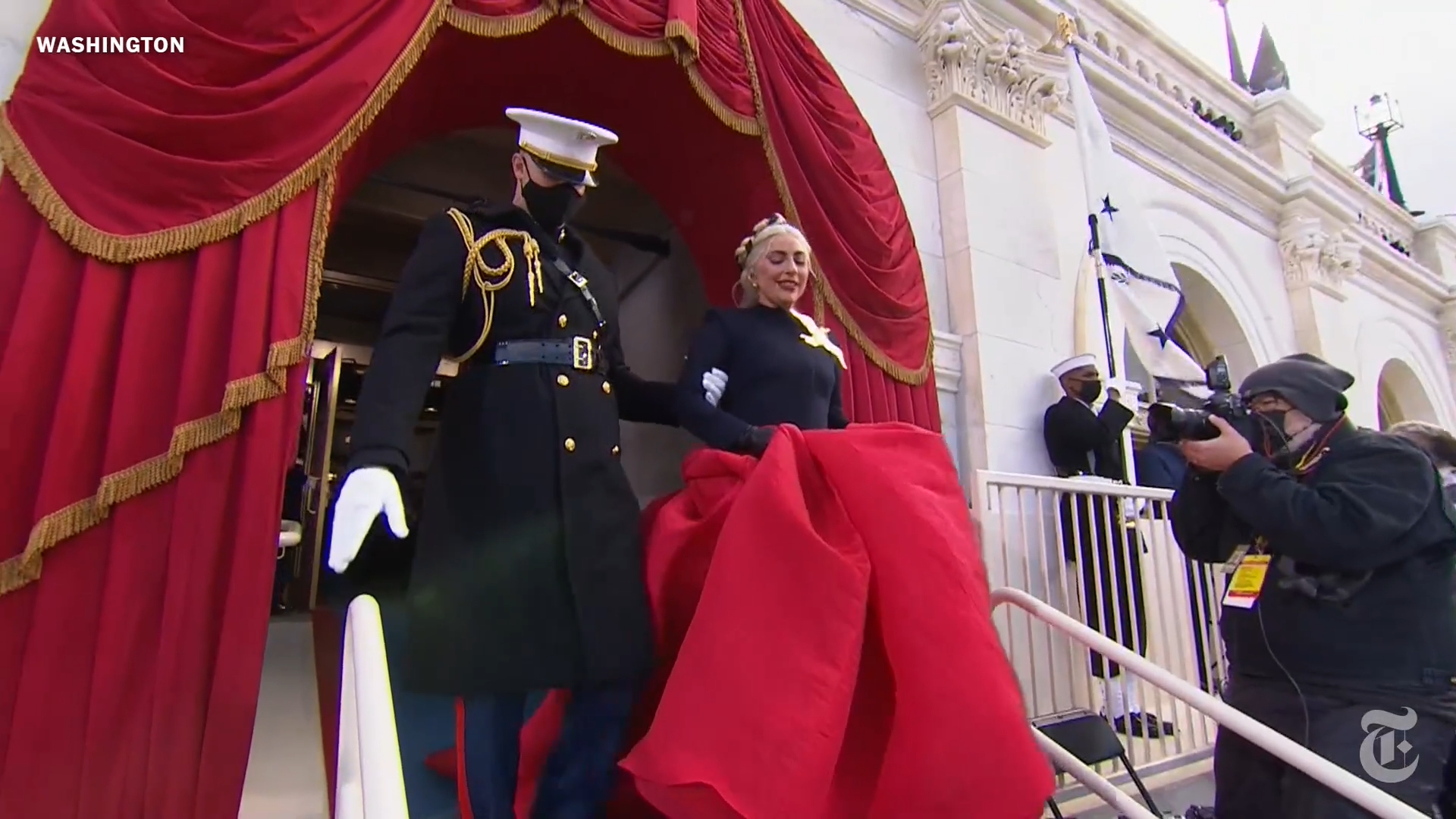

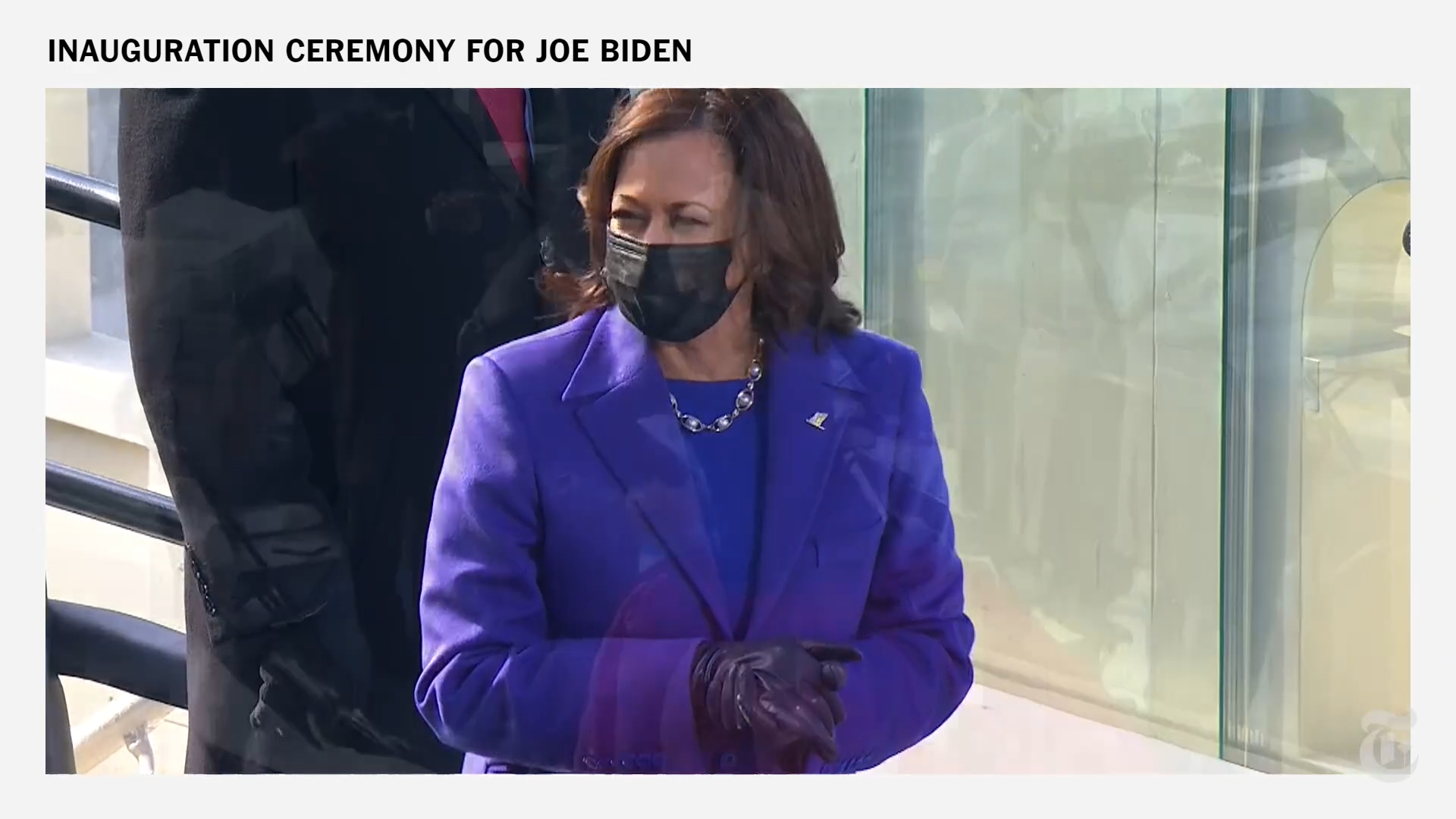





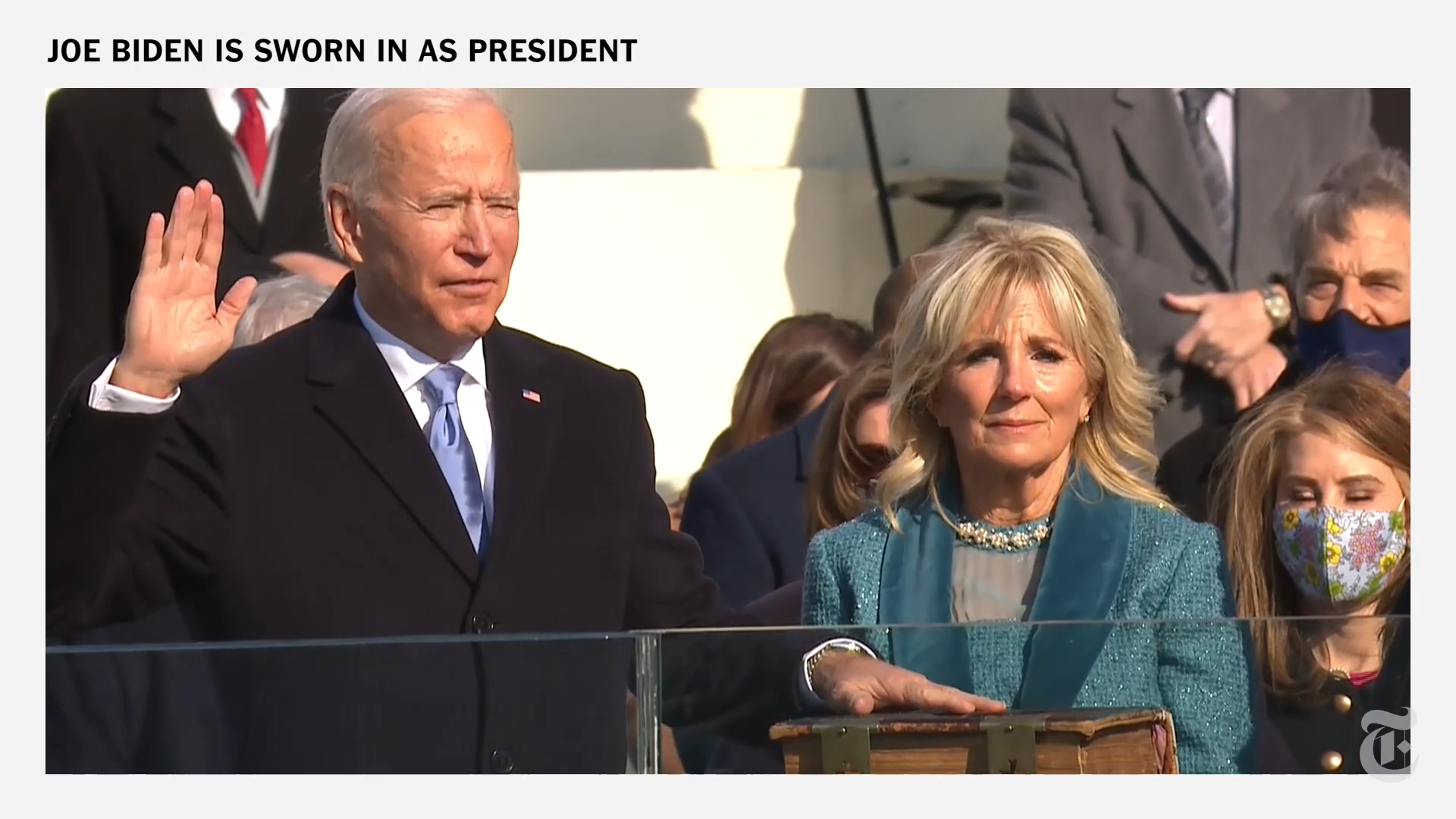

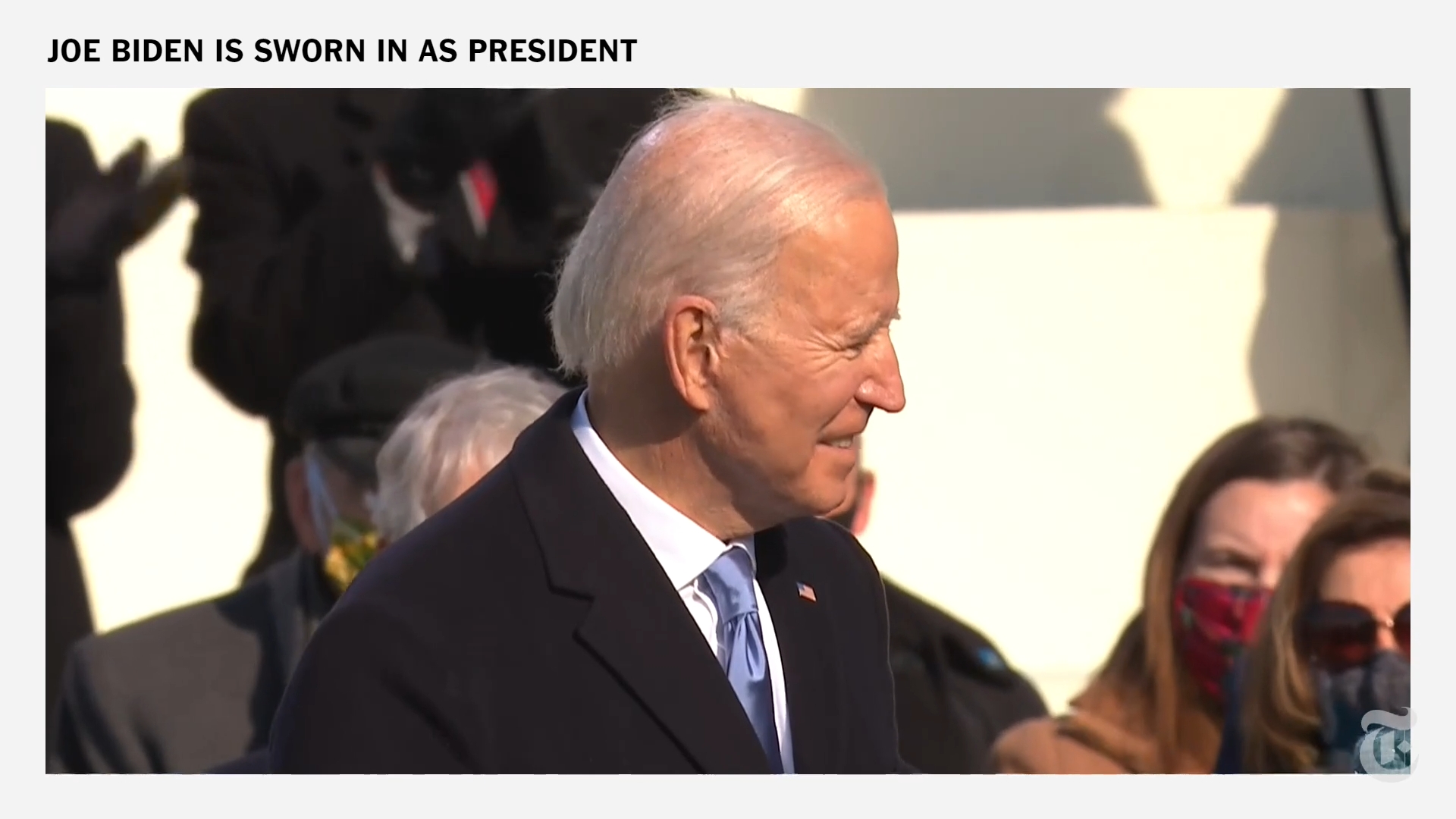
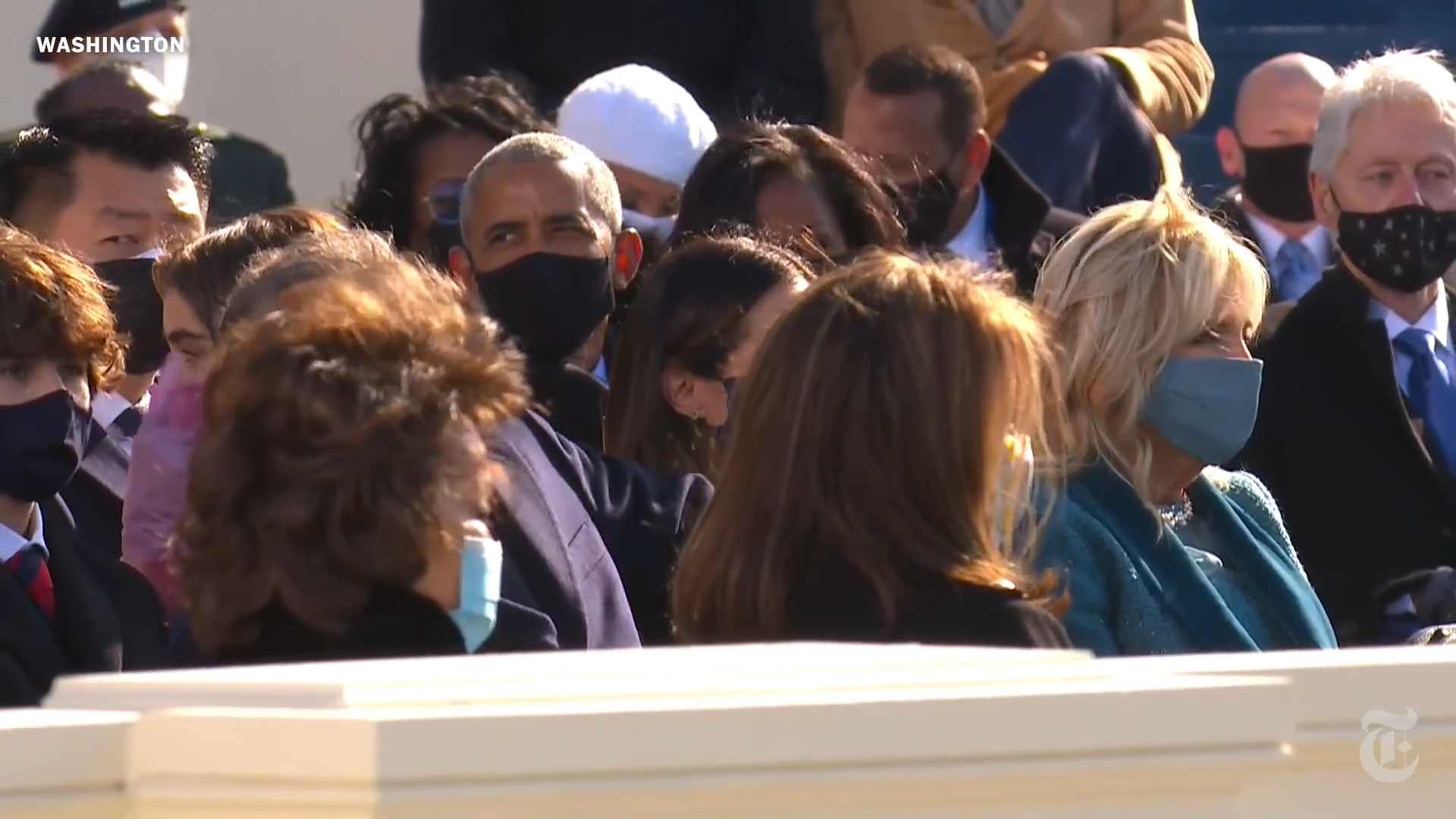


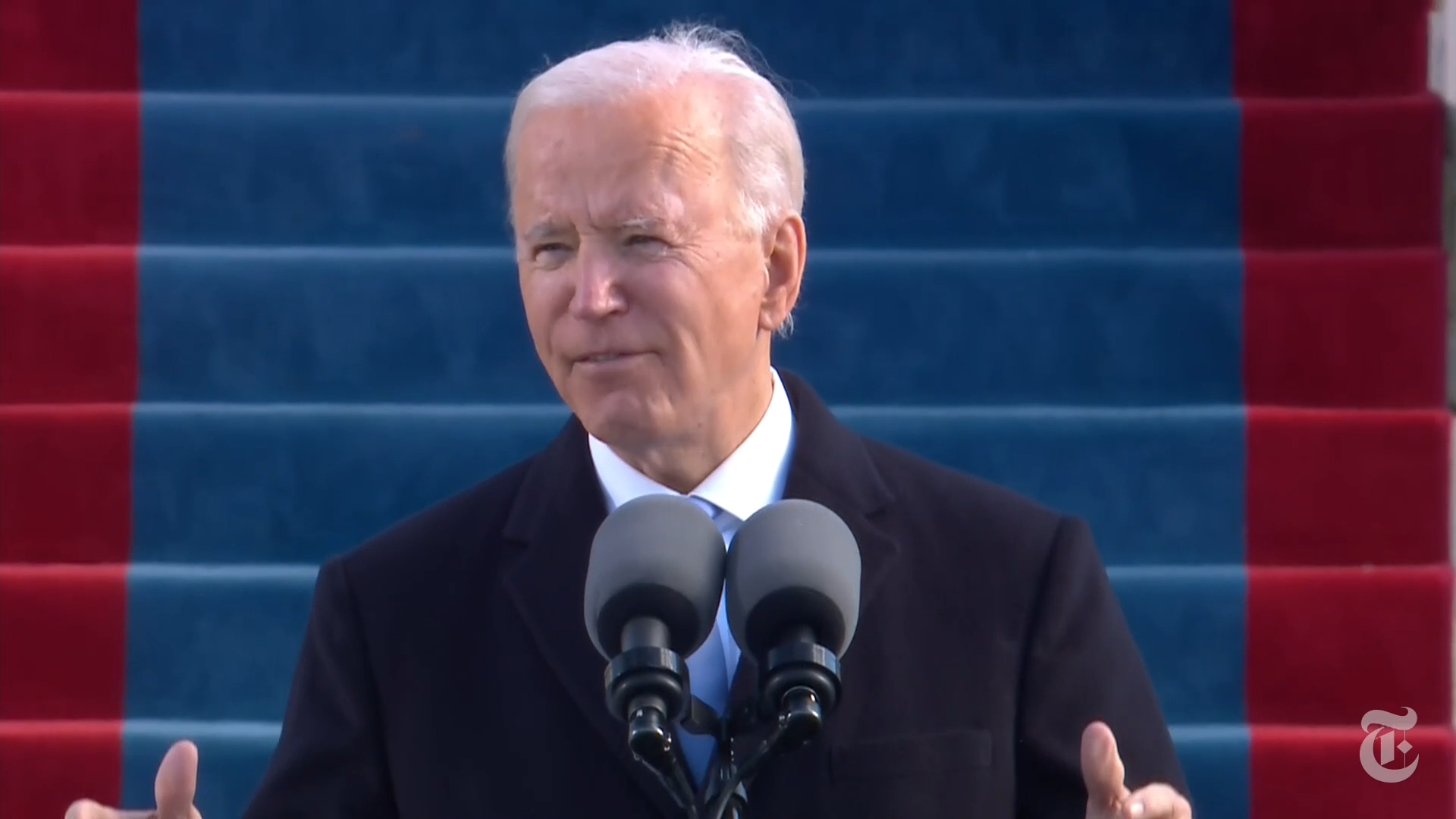


I'm finally getting into Bach more seriously — just in time to give him 10 or 20 years of study.
His Ricercar a 6, and especially this version of it, makes it really clear how music is a form of geometry:
There are over 1000 compositions by Bach, and now it's time for me to get to know them all, or at least as many as I can. So I hope to listen to them rather systematically. The most catchy of his fifteen Two-Part Inventions, in my opinion, are these:
I'm not saying they're the "best", just that when I listen to these I instantly say "oh, I've heard that". (And I haven't tried to choose the best performances on YouTube, just ones that show the sheet music.) They're characterized by what you might call a relentlessly driven perky optimism... and they're short. That may help make them catchy. But if I listen to too much music like this at one sitting, I get worn out pretty quicky. I actually prefer listening to all the Two-Part Inventions, and letting these most catchy ones stand out like sparkly stones on the beach.
January 25, 2021
The amount of Bach I actually own is small enough to list: